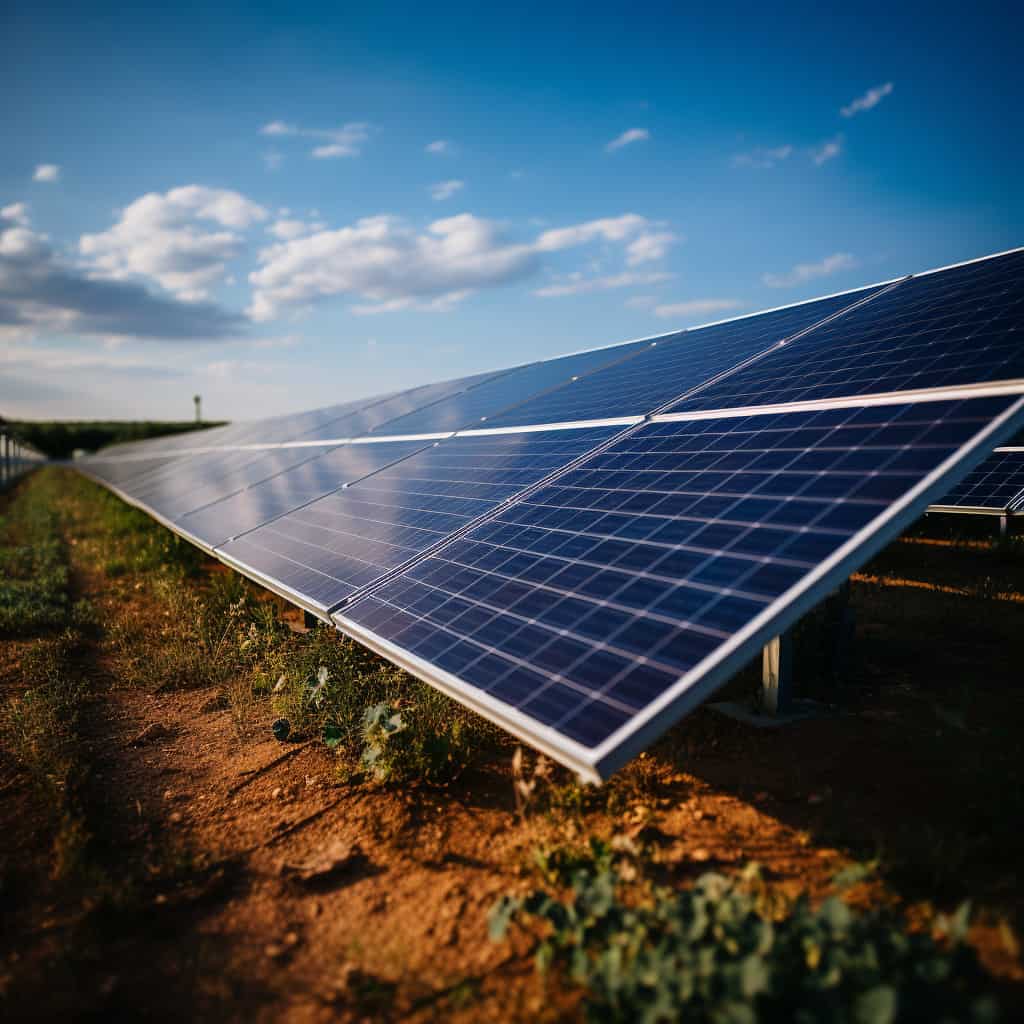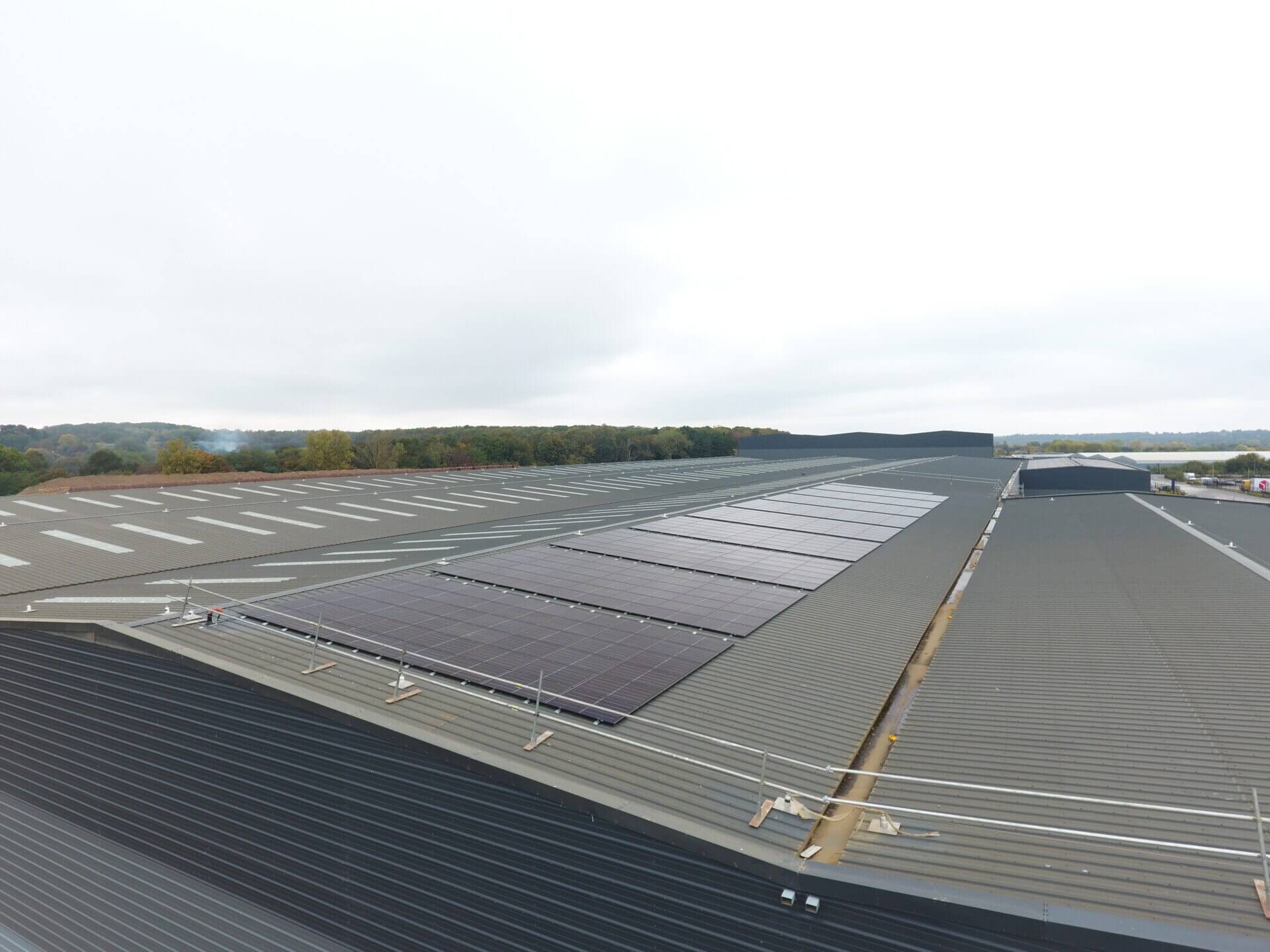In an era dominated by environmental concerns and sustainable living, solar panels are a clear contender as an option for a cleaner, greener future. These photovoltaic wonders have the ability to transform sunlight into electricity, providing a renewable energy source that reduces dependence on traditional fossil fuels. However, the efficiency and performance of solar panels are intricately linked to weather patterns, making the relationship between solar technology and meteorological conditions a fascinating subject of study.
The Basics of Solar Panels
Before delving into the impact of weather on solar panels, it’s crucial to understand how these devices function. Solar panels are composed of photovoltaic cells, typically made of silicon, which convert sunlight into electricity through the photovoltaic effect. When sunlight strikes these cells, electrons are set in motion, creating an electric current that can be harnessed for various applications.
Weather and Solar Panel Efficiency
While solar panels generate electricity in varying weather conditions, their efficiency is influenced by factors such as sunlight intensity, temperature, and cloud cover.
Sunlight Intensity: The amount of sunlight reaching the Earth’s surface varies throughout the day and is affected by factors such as geographic location, time of year, and weather conditions. Cloud cover, in particular, can significantly reduce sunlight intensity, impacting the output of solar panels.
Temperature: Surprisingly, solar panels are more efficient in cooler temperatures. As the temperature rises, the efficiency of a solar panel decreases. High temperatures can cause an increase in the internal resistance of the cells, leading to a drop in overall performance.
Cloud Cover: Cloudy days pose a challenge to solar panels because they obstruct sunlight. However, it’s important to note that solar panels can still generate electricity on overcast days, albeit at a reduced efficiency. Advances in technology, such as bifacial solar panels, have improved the ability to capture sunlight from both direct and reflected sources, making them more resilient to cloudy conditions.

Let’s explore how solar panels perform under various weather conditions:
Sunny Days: Unsurprisingly, solar panels are most efficient on clear, sunny days when they receive maximum sunlight. This is when the photovoltaic cells can operate at their peak performance, generating the highest amount of electricity.
Partly Cloudy Days: Solar panels can still produce electricity on partly cloudy days, although the output may fluctuate as clouds pass over the sun. Modern solar inverters are equipped with technology to handle these variations and optimise energy production.
Overcast Days: While solar panels generate less electricity on overcast days, they can still contribute to power generation. Advances in thin-film technology and improvements in overall panel efficiency have made solar panels more effective in capturing diffuse sunlight.
Rainy Days: Rain can have both positive and negative effects on solar panels. On one hand, rain helps clean the panels, removing dust and debris that may have accumulated. On the other hand, heavy rain and stormy weather can reduce sunlight intensity, impacting energy production.

Challenges Confronting Solar Panel Performance.
The primary purpose of solar panels is to convert sunlight into electricity through photovoltaic cells. However, various factors can significantly hinder their effectiveness:
Dust: The accumulation of dirt, dust, and debris on the solar panel surface can diminish efficiency by up to 35%.
Temperature: Excessively high temperatures can adversely affect solar panel performance, resulting in a decline in power output. With every 1°C increase beyond 25°C, the efficiency of solar panels may decrease by approximately 0.5%.
Shading: Partial shading from trees, nearby structures, or other obstructions can lead to a notable reduction in power production. Shaded cells negatively impact the overall output of the solar array.
Humidity and Moisture: Elevated humidity levels, dew, or rain can impact the solar panel surface, causing an efficiency decrease of around 10%.
Conclusion
The interplay between solar panels and weather conditions is a dynamic and complex relationship. While solar technology has made remarkable strides in adapting to various climates and weather patterns, continuous research and innovation are essential for further improvements. As we strive forward with our pursuit of a sustainable future, understanding how solar panels interact with the weather is crucial for optimising their performance and harnessing the full potential of clean, renewable energy.
For more information on the benefits of solar panels for a commercial or industrial setting contact the EcoSolar team to discuss your needs further.

